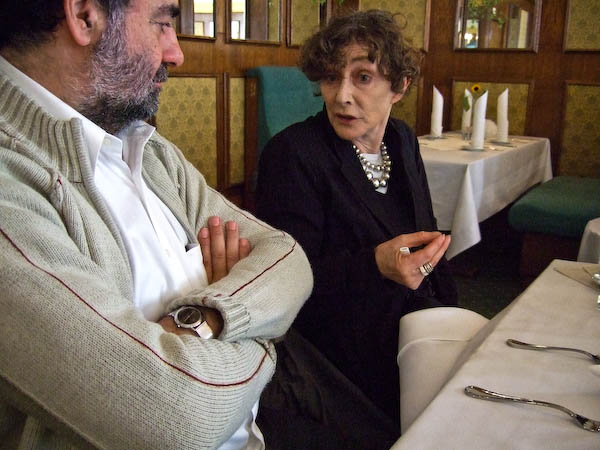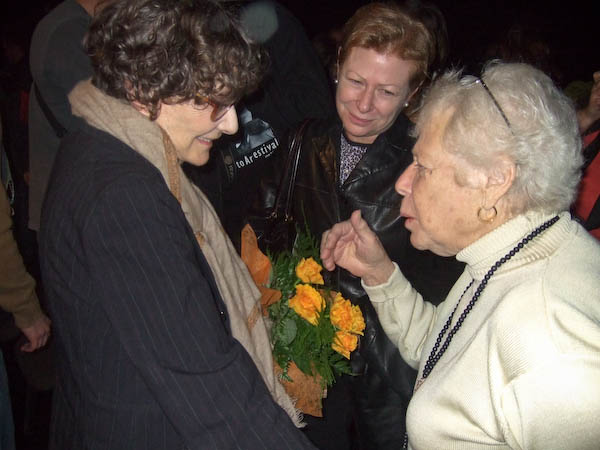Kingston Carnival: On Sunday 2 September 2007 I went to Kingston to photograph the carnival.

Kingston is a town I’ve visited fairly often over the years, though mainly just going through it or changing buses to meet friends or go to meetings elsewhere, but I’ve never really got to know. Its an ancient town, where Saxon Kings were crowned and the street layout in its central pedestrianised areas still follows much of its complex medieval pattern. It includes several pubs worth a visit.

Kingston (officially Kingston-upon-Thames) also has a fine museum where I was pleased to be a part of a show, Another London, in January 2007 along with Mike Seaborne and Paul Baldesare – which you can still see online. Among my 26 pictures which featured in it were three made in Kingston including two from the 2006 Kingston Carnival, as well as two from adjoining Surbiton.

The museum also has a permanent exhibition of Kingston’s most famous son, photographer Eadweard Muybridge, (1830-1904) best known for his pioneering studies of animal movement beginning with pictures of the racehorse Occident owned by the former governor of California, Leland Stanford made in 1878 using a line of 12 cameras triggered by strings the horse ran through.

His work had been interrupted earlier in 1875 when he was on trial for murder after having shot his wife’s lover. His lawyer pleaded insanity presenting evidence that he had bouts of unstable behaviour caused by a severe head injury in a stagecoach accident in 1860 and the jury acquitted him recording a verdict of justifiable homicide.

The centenary of Muybridge’s death in 2004 was celebrated in Kingston including by my late friend photographer Terry King whose re-enactment of Muybridge’s work using twelve 10×8 cameras at Ham Polo Club. Modern ponies apparently refuse to run through strings thinking they are an electric fence and a different method had to be found to trigger the special shutters attached to the cameras.

Kingston’s 25th Carnival takes place on Sunday 7th September 2025, and I might just go along again, though I don’t think I’ve been to it since 2007.

I didn’t write a great deal about it in 2007, but here it is:
“This year’s Kingston Carnival was a much more exciting event than last year’s but there was still a large rent-a-carnival aspect to it. Kingston is an ethnically rich borough, and although there was plenty of home-grown talent on display, particularly in the performances by youth from the borough, the procession was still dominated by out of town talent.

“It’s great to encourage diversity, but I think a borough carnival has a duty to promote its local expression rather more, even if it might mean – at least until it built up more – a rather less flashy display.

“Of course it was good to see a greater diversity among the ‘foreign’ talent that paraded past the rather dazed looking shoppers along Kingston’s pedestrian streets, including even some clog dancers from Croydon, along with Caribbean groups.

“Beeraahaar Sweet Combination, based in Stamford Hill enlivened the main parade, and the elaborate larger costumes from Paddington Arts arrived later to play their part.”
Many more pictures start here on My London Diary.
Flickr – Facebook – My London Diary – Hull Photos – Lea Valley – Paris
London’s Industrial Heritage – London Photos
All photographs on this page are copyright © Peter Marshall.
Contact me to buy prints or licence to reproduce.

